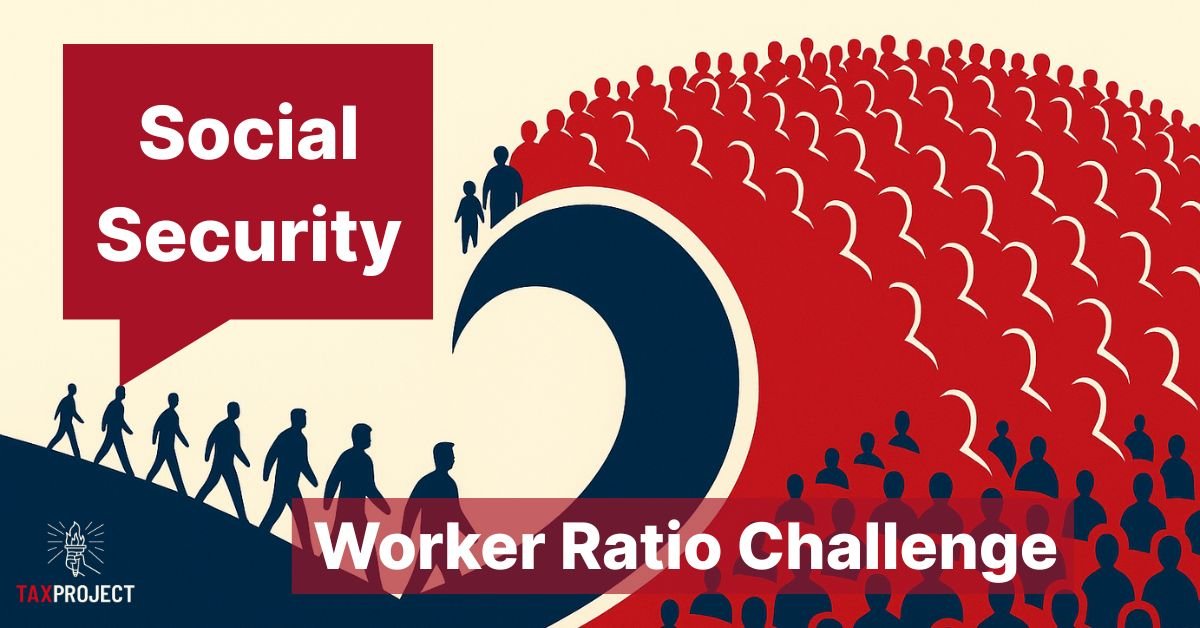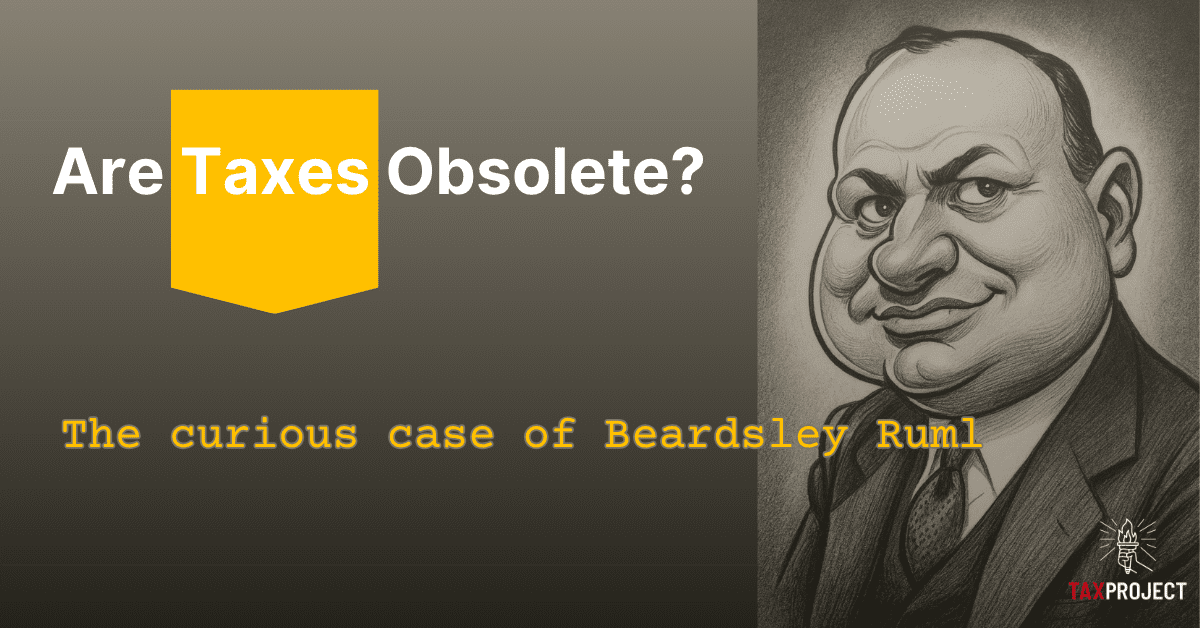Yes. Bureau of Labor and Statistics (BLS) publishes average prices for items like eggs, milk, and bread, and provides interactive tools to chart changes over time. For fuel, the Energy Information Administration posts weekly retail prices by region. Using these open sources lets any resident verify inflation without needing specialized knowledge or tools.
The most often cited measure of inflation is from the Bureau of Labor and Statistics (BLS) called the Consumer Price Index (CPI) which is an average across many households and measures out of pocket expenses in urban areas. Your experience may differ if you spend more on items like housing, medical care, childcare, or live outside urban areas. Another official measure from the Bureau of Economic Analysis (BEA) covers a broader set of purchases called Personal Consumer Expenditures price index (PCE). Checking both and comparing them with your own budget may give a clearer picture of inflation as it effects you.
Ask for clear, timely publishing of price and spending data, budgets, and program rules so residents can evaluate what’s happening and hold leaders accountable. Speaking with a Financial Advisor is helpful and can help you plan savings choices that adjust with inflation, such as I Bonds or inflation-indexed Treasuries (TIPs). Using official resources can aid in your Financial planning.
Surveys ask households what they expect prices to do in the year ahead and beyond. Two widely watched measures are the New York Fed’s Survey of Consumer Expectations and the University of Michigan’s Surveys of Consumers. These expectations matter because they can influence actual pricing and wage decisions. Publishing the results openly helps residents see whether views are shifting and why.
Housing has a large weight (shelter is over 30%) in the Consumer Price Index (CPI). BLS measures tenants’ rent directly and uses “owners’ equivalent rent” (OER) to estimate the housing service you receive from living in your own home. Mortgage interest is not treated as a consumer price in the CPI. Knowing what is and is not included can help interpret inflation reports and local housing debates.
There is no automatic adjustment for wages to match inflation. Many employers have Cost of Living Adjustments (COLA) to adjust for inflation. However, if your pay rises slower than prices, your “real” (inflation-adjusted) earnings fall. BLS “real earnings” reports show whether pay is keeping up. Your actual circumstances may differ substantially than BLS data, but it is a rough baraometer. To protect savings, consider choices that adjust with inflation, such as U.S. Treasury I Bonds and inflation-indexed Treasury securities (TIPS). Checking with Financial Advisors can assist with plans to outpace inflation and protect and grow Savings.
Effects can vary regionally and by industry. Higher macro input and borrowing costs at the National level can squeeze small-business margins that may trickle down to local economies impacting prices, and wages. Local wages and rents set the pace for neighborhood budgets, and a strong and healthy local economy with good diversity may not see the impacts of National macro trends as much as other regions. You can track local inflation using BLS metro indexes and pair that with Small Business Administration (SBA) profiles for context. These resources can support planning for city leaders and small business owners.
When the dollar strengthens, imported goods often cost less in dollars; when it weakens, imports can cost more. These shifts can feed into consumer prices over time. You can follow import prices at BLS and dollar indexes from the Federal Reserve. Watching both helps communities anticipate cost changes for items sourced from abroad.
Rising prices reduce the purchasing power of what your saved dollars can buy in the future. That’s why real (inflation-adjusted) returns matter for long-term planning. If your retirement savings are not growing faster than inflation, the value of your savings in purchasing power is reducing. Consulting a Financial advisor can assist your planning and leverage tools such as I Bonds or inflation-indexed Treasuries (TIPs), or higher return instruments to help offset inflation.
Prices can differ by channel because of shipping, fees, promotions, retail competition, and regionalized differences. A sale online may not appear in a nearby store, and the reverse can also be true. In some situations larger online stores or retail institutions may have access to lower cost goods that they can use to lower costs to the consumer creating a price delta. The CPI includes both online and in-store purchases when measuring inflation. That means the official data reflect where people actually shop, supporting fair comparisons and public accountability.
The Consumer Price Index measures average price changes for a fixed “market basket” of goods and services bought by urban consumers. BLS collects prices from stores (including online), housing surveys, and service providers. Every month, BLS publishes the methods and detailed tables so anyone can check the numbers. The consistent methodology overtime paints a picture of how much inflation has changed. This transparency lets residents, journalists, and students verify how inflation is measured.
Inflation is not a tax passed by law, but it does reduce what each dollar buys. Although, some people question when Government Money Creation outruns demand that this is inflationary and hence by some maybe considered a hidden tax. In general when prices rise faster than income, purchasing power falls, which can feel like a “stealth” cost. To limit this effect, some items are indexed to inflation (for example, federal tax brackets). Checking official adjustments each year and tracking prices with Bureau of Labor Statistics tools, and metrics like the Consumer Price Index (CPI) are the best places to check for inflation.
Headline inflation includes all items. Core inflation leaves out food and energy because those prices swing more from month to month, which can mask the broader trend. Looking at both helps separate temporary spikes from lasting changes. These are just different tools to help policy makers understand the environment and make clear and transparent decisions.
Deflation is a sustained fall in overall prices. It can sound positive because purchasing some items become cheaper, however falling prices can lead people to other negative impacts to the Economy. Deflation can cause people to delay purchases as they wait for prices to fall, impacting spending and businesses in a downward spiral. It can also make debts harder to repay if wages deflate at the same rate as prices as your debts do not deflate. Because of these risks, Central banks try to avoid prolonged deflation, and some level of inflation is seen as healthy for an Economy. Transparent policy and clear communication help the public understand why slight, steady inflation is usually preferred.
Hyperinflation is an extreme and rapid rise in prices that destroys the value of money. It often follows severe money creation and a loss of confidence in the fiat currency. Classic examples include Weimar Germany and Zimbabwe. The effects of hyperinflation can be devastating to individuals and countries as money, holdings, savings lose substantial value in a rapid period of time. These cases show why strong Fiscal Management, transparent governement, and prudent spending matter for protecting savings and wages.
Inflation is the general rise in prices across the economy. You feel it most in everyday items like food and fuel because those purchases are frequent and basic expenses. The Bureau of Labor Statistics (BLS) tracks these changes each month, and the Energy Information Administration (EIA) posts weekly fuel price updates. These datapoints likely inform citizens what they already know from their experience purchasing goods and services.
Demand-pull inflation happens when overall spending runs ahead of what the economy can produce. Cost-push inflation occurs when production costs—such as energy or wages—rise and businesses pass those costs through to prices. In real life, both forces can operate at once. Understanding the source helps citizens evaluate which policies impact pricing. For example a major increase in wages might create some cost push inflation, or a run on paper towels may cause a shortage in supply causing demand pull inflation.
The Federal Reserve is the primary Government organization managing inflation. It does not control Market Supply and Demand, but it uses Interest rates to effect macro changes in the economy. It raises or lowers interest rates and adjusts its securities holdings to influence borrowing, spending, and overall price pressure. Congress and the Administration also affect demand and supply through taxes, spending, and regulation. Clear, timely releases from these institutions help the public evaluate actions aimed at price stability.
Start with official, ad-free sources: BLS (inflation data and explanations), BEA (official price measures), the Federal Reserve (policy and education), Treasury (I Bonds and TIPS), and the Financial Literacy and Education Commission’s MyMoney.gov (personal-finance basics). These sites publish methods, data, and tools the public can reuse. They support transparent civic education, letting residents learn more about inflations effect on Personal Finances.
References
- U.S. Bureau of Labor Statistics. (n.d.). CPI home.
- U.S. Bureau of Economic Analysis. (n.d.). Price indexes and inflation.
- Federal Reserve Education. (n.d.). Classroom and consumer resources.
- U.S. Department of the Treasury. (n.d.). TreasuryDirect.
- Financial Literacy and Education Commission. (n.d.). MyMoney.gov.
Supply chain shocks, energy, and key inputs can raise supplier costs and limit supply, pushing prices up. Energy has a large impact on pricing as it is an input for almost all goods. Supply shocks, like Pandemic-era bottlenecks, are a recent example of event based inflation. Using metrics like CPI, PCE can track overall inflation, and the New York Fed’s Global Supply Chain Pressure Index tracks stress over time, letting the public see when pressures are easing or worsening. Open indicators like these can help you assess the siutation.
Creating more money can push prices up when dollars grow faster than the economy’s ability to make goods and services. In the U.S., the Federal Reserve, not Congress, manages the money supply and interest rates with a goal of stable prices and maximum employment. When demand is higher than supply for long enough, inflation rises. For civic oversight, rely on official releases and open data rather than headlines. Watching both Consumer price indexes and the Fed’s policy statements helps residents judge whether inflation risks are building and why.
The Bureau of Labor Statistics (BLS) provides long-run Consumer Price Index (CPI) data and easy-to-use charting tools. You can download the series or build custom views without special software. The Bureau of Economic Analysis publishes another official price measure used by policymakers called Personal Consumption Expenditure (PCE), and the Federal Reserve’s FRED website offers long historical data for both. Comparing them helps citizens and students see the past from two trusted sources.











